I started pulling some of my fading summer crops the other week, including what was one of my favorite plants of the whole season — the delicious and distinctive Dragon Tongue bush bean (Phaseolus vulgaris), a Dutch heirloom introduced in the 18th century.
I admit that I have a bias for purple plants in the garden. I love how the vibrant color just pops out against a monochromatic sea of grass, kelly, hunter and lime.
And with beans, sometimes it can feel like a neverending Easter egg hunt when you’re harvesting those long green pods camouflaged among long green vines.
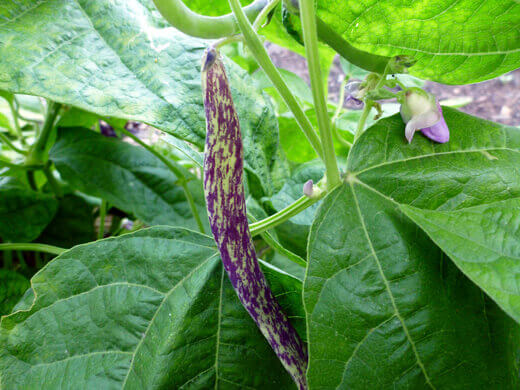
Dragon Tongue bush beans, on the other hand, dangle like disco Christmas ornaments on compact bushes about 2 feet tall. The tender pods grow 6 to 7 inches long, with lavender to deep purple mottling on their pale yellow shells.
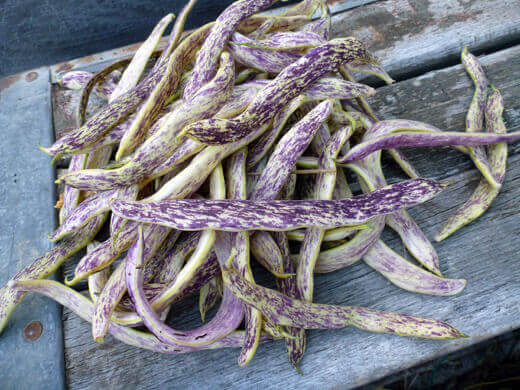
I like to get more bang for my buck and will sometimes let the beans grow even longer, up to 8 inches. Though more mature at this stage, the beans remained tender and stringless with full flavor.
The purple color fades a bit when cooked, as most purple beans do, but I prefer to eat the Dragon Tongue raw — it looks beautiful in salads. It is sweet and loaded with flavor, which is rare to say for a lowly bean. Even my non-gardening, non-foodie friends can’t believe, firstly, that this is a “green” bean, and secondly, how fresh and sweet it tastes.
The plants produced well throughout the summer, enough to keep me busy picking beans every day… I almost couldn’t keep up with the yields from six plants! Though those initial plants are now in the compost pile, I succession-sowed a second crop mid-summer, so I’m looking forward to even more delectable pods in a few weeks!



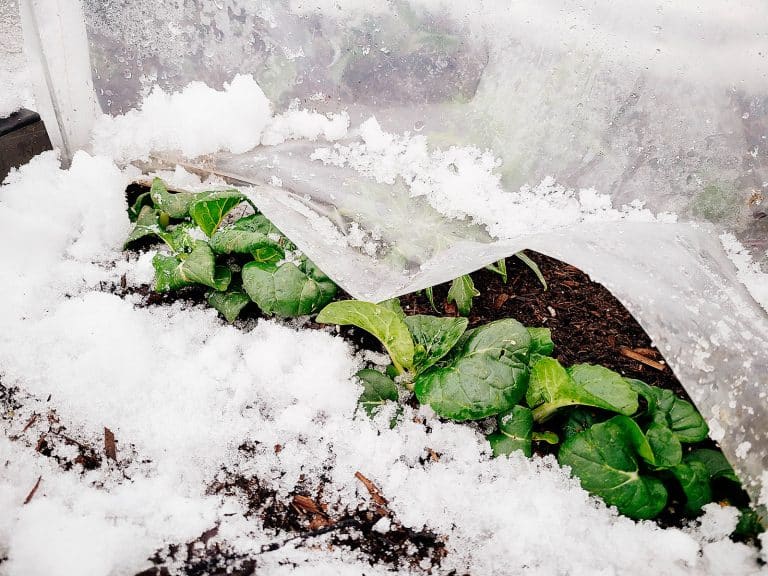

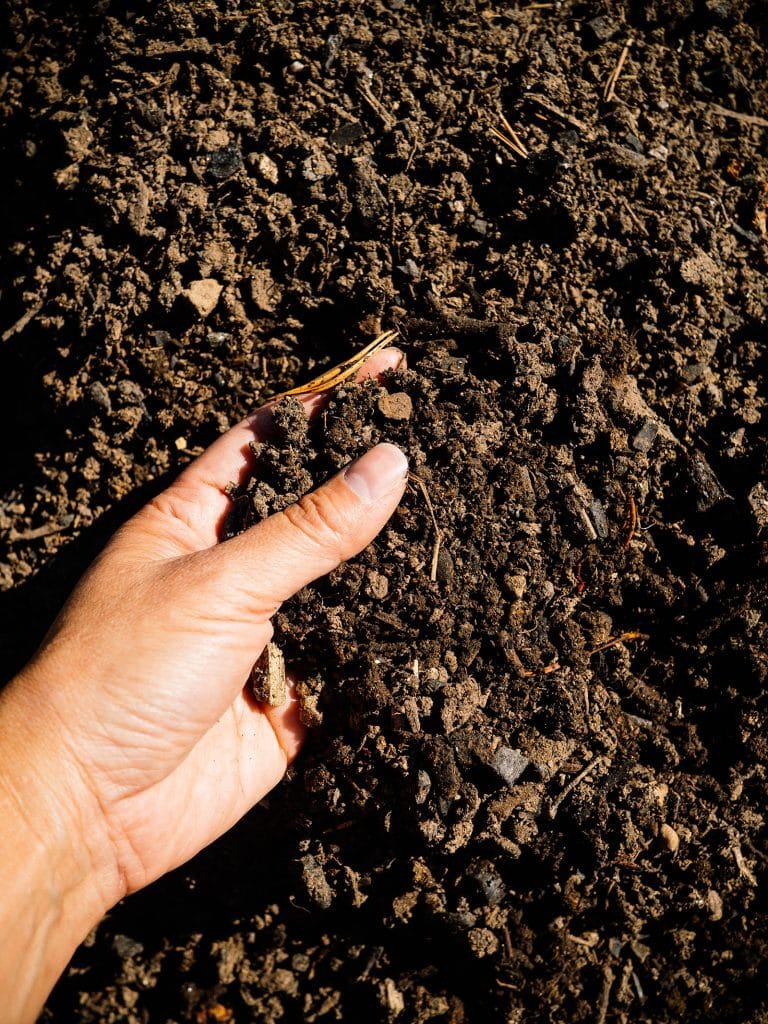
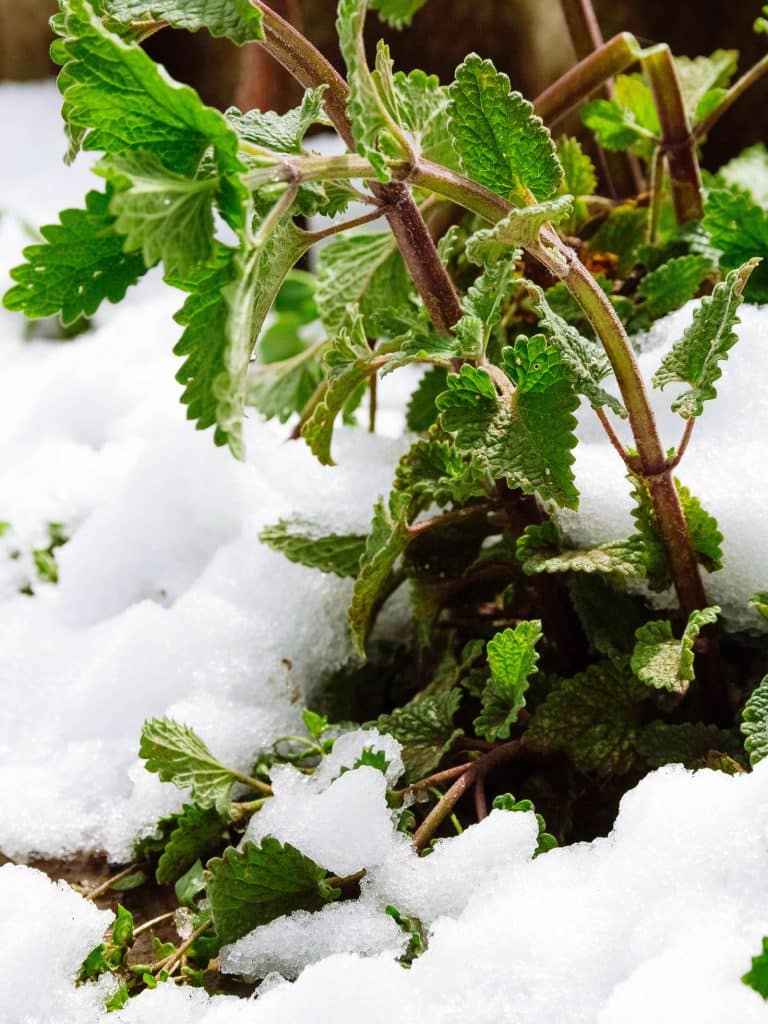









I’m late to this post but I’m growing DTs for the first time and they are so interesting. When can I stop harvesting for dry beans? I have 16 plants and I’ve been picking 2 to 3 times a day. The first pick was on 7/26. Our first frost date for Seattle would be around Nov 10.
I’m growing them in my garden this year! What is your favorite recipe besides using them fresh in a salad?
I like to roast them on a sheet pan with balsamic, or stir-fry them with other vegetables. I mostly keep it simple since they’re so good on their own! You can also make a traditional green bean casserole with them.
What if some of the beans were green at the start when fresh?
I have cooked them and they are now purplish…
Is this “normal”? the colour, I mean. And are they okay to eat?
thank you.
Dragon Tongue bush beans start out as green but develop purple striations as they grow, so perhaps your beans were very young. However I’ve never heard of this variety turning purple after cooking. More likely you have a different bean or received the wrong seeds in your seed packet. I’ve heard that some lima beans turn purplish but I’ve never grown them, so I can’t be sure. Either way they should still be edible.
When I cook this variety, it goes from the mottled yellow/purple to just yellow.
The color change is due to the anthocyanins in the beans. I wrote more about this subject here: https://gardenbetty.com/why-do-purple-beans-turn-green-after-cooking/
Thanks for the article.
my son got these beans to plant from school I didn’t really know how they were going to be but I guess they are ok.. my son didn’t like them though what foods can I make them in for him to eat them? another question what vitamins do these have?
These are basically just green beans, so they have the same nutritional content as green beans and you can cook them the same way (casseroles, stir-fries, etc.).